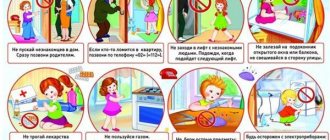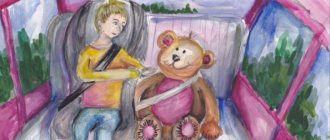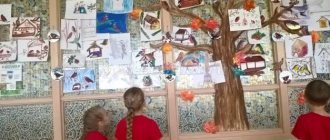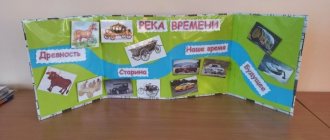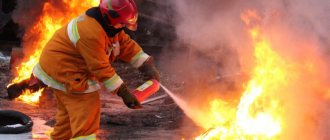Rules of behavior on the street
Safety rules help you avoid becoming a victim of an accident. Therefore, parents must take care that the child knows how to use them.
Safety on the street
Among other topics, special attention should be paid to the following issues:
- Traffic rules
- How to behave if you are lost.
- Conversation with a stranger in an elevator.
- Ice in winter.
- Spring and winter are a dangerous time of year.
How to teach safe behavior to children
Developing street etiquette skills should begin in childhood.
You can introduce preschoolers to the essence of problems in a playful form, acting out acute situations with their favorite toys. Imishka dolls can be passengers in transport, or cross a toy street.
Real examples are equally important. If parents respond kindly and affably to other people, dad helps mom put on her coat, holds the door and offers his hand, the child will do the same without unnecessary reminders.
Schoolchildren willingly participate in conversations and discussions of important issues. They are able to prepare and give an interesting presentation on a given topic for class.
Transport safety
Many children have to travel part of the way home in public transport. Parents can make a small reminder for their offspring:
- Names of stops.
- Route numbers and types of transport.
- Schedule .
Subway behavior
Here children must strictly follow the established order:
- Have a travel document;
- Understand how passage through the turnstile is carried out;
- Don't run up the escalator;
- Do not go beyond the waiting platform;
- Do not try to squeeze through the closing doors of the carriage.
Rules of conduct in ground transport
On buses and minibuses, you need to take a comfortable position and have reliable support that will prevent you from falling during the jolts of the transport. You can’t sleep and miss the required stop.
Generally accepted norms of order help you feel confident even when there are crowds of people: in shops, cafes, sports centers, etc.
Safety during the “Crawling” stage
Be careful when using medications or cleaning products. Many accidental poisonings involve medical or household chemicals.
- Keep all cleaning products, insecticides and medications in their original containers and out of reach of your baby.
- Place medications that can be easily removed from the packaging in a first aid kit that the baby cannot open on his own.
- Never call a medicine “candy.”
- Have an emetic ready, but do not give it to your child until you have received this recommendation from your doctor or emergency room.
- Write down and keep in a visible place important telephone numbers of nearby hospitals and medical centers.
If, despite all your efforts, the baby is poisoned, act clearly and do not panic:
- When calling an ambulance, do not let go of your child and keep the package with the substance that caused the poisoning ready;
- tell the child's age and the name of the medicine or chemical to which he was exposed;
- follow all the instructions that the specialists will give you over the phone.
Start date
Training must be appropriate to the child’s age and level of psychological development.
You can start teaching the rules of safe behavior with a playful form; this technique will be preferable for children 4-6 years old. Children often associate themselves with toys and willingly get involved in the process. You can come up with a game “What to do if you are lost?” The main character can be your favorite doll or toy.
Teach your child what to do if he gets lost
- For children of primary school age there will be an interesting role-playing game. You can act out a scene about what to do in an emergency on the street. In a relaxed atmosphere, you can discuss behavior options and possible mistakes.
- Conversation will be effective for teenagers. It is necessary to specify safe places for walking, actions in an emergency, emergency phone numbers, and algorithms for behavior on the street in dangerous situations.
Poisonous plants
In our latitudes there grow many seemingly harmless plants that can be dangerous not only for a child, but even for an adult. Some of them are completely neutral until they are eaten - such dangerous plants for children include wolfberry, lily of the valley, with its red fruits, which are so attractive to children. A child should not be allowed to lick the yellow poisonous juice of celandine or taste the flowers of belladonna and henbane. And the beautiful trunks, leaves and umbrellas of hogweed are dangerous even with ordinary touch - they cause severe, long-lasting and painful burns.
As for nettles, touching them is very unpleasant and the child will remember such contact the first time. Especially if you show what nettle looks like. However, a burn from nettle leaves does not pose any particular danger to a child, but it is still better to do without it.
How to avoid: no matter how old the child is, tell him that in the forest, park, or even in the yard you should never put berries in your mouth without showing them to an adult. Before settling down for a picnic, inspect the area and let children go to places of particular danger.

